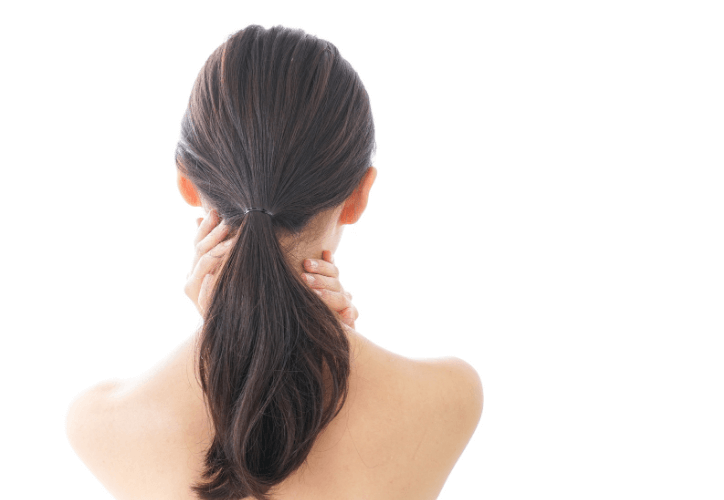
July 21, 2020/
Understanding the mystery of the mammary glands. We all have breasts. Structurally, breasts are simply modified sweat glands. But functionally,...

Understanding the mystery of the mammary glands. We all have breasts. Structurally, breasts are simply modified sweat glands. But functionally,...

Why do breasts hurt sometimes. Breast pain is common Up to 70% of women will experience breast pain (or mastalgia)...

Mammograms and Screening for Breast Cancer Q: What is a mammogram and why should I get one?

October is Breast Cancer Awareness Month and the best thing you can do is educate yourself.